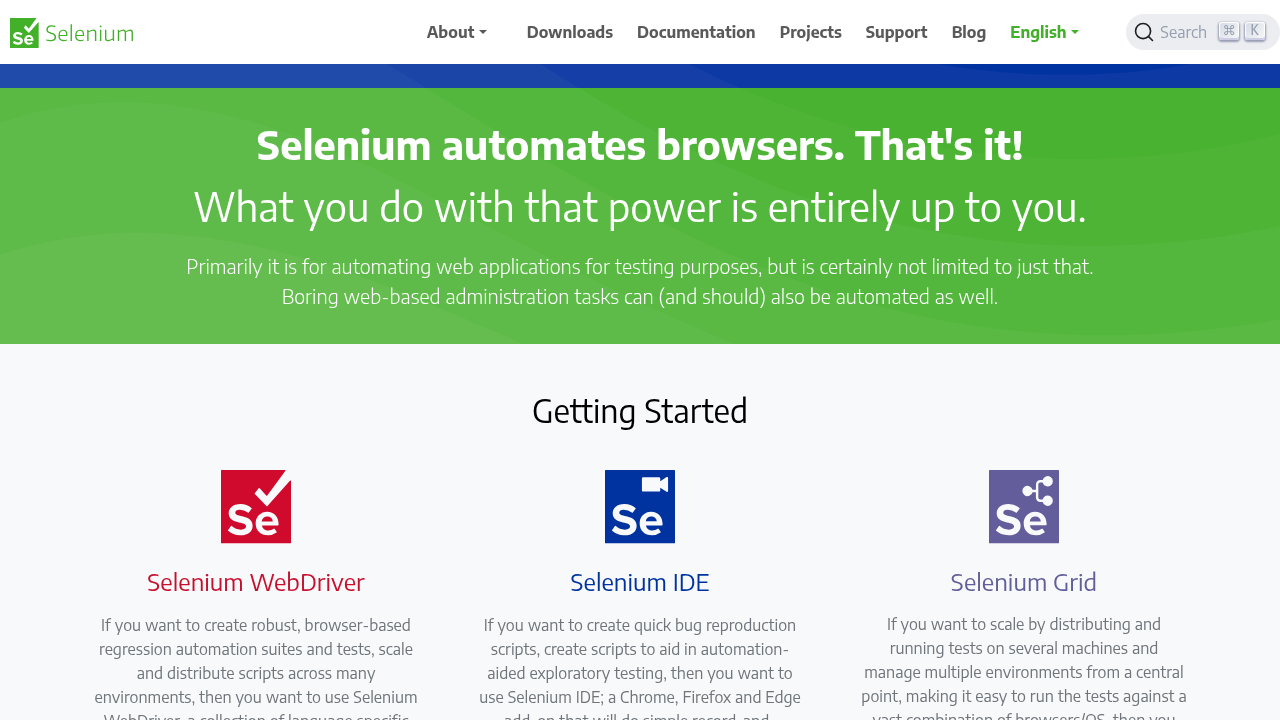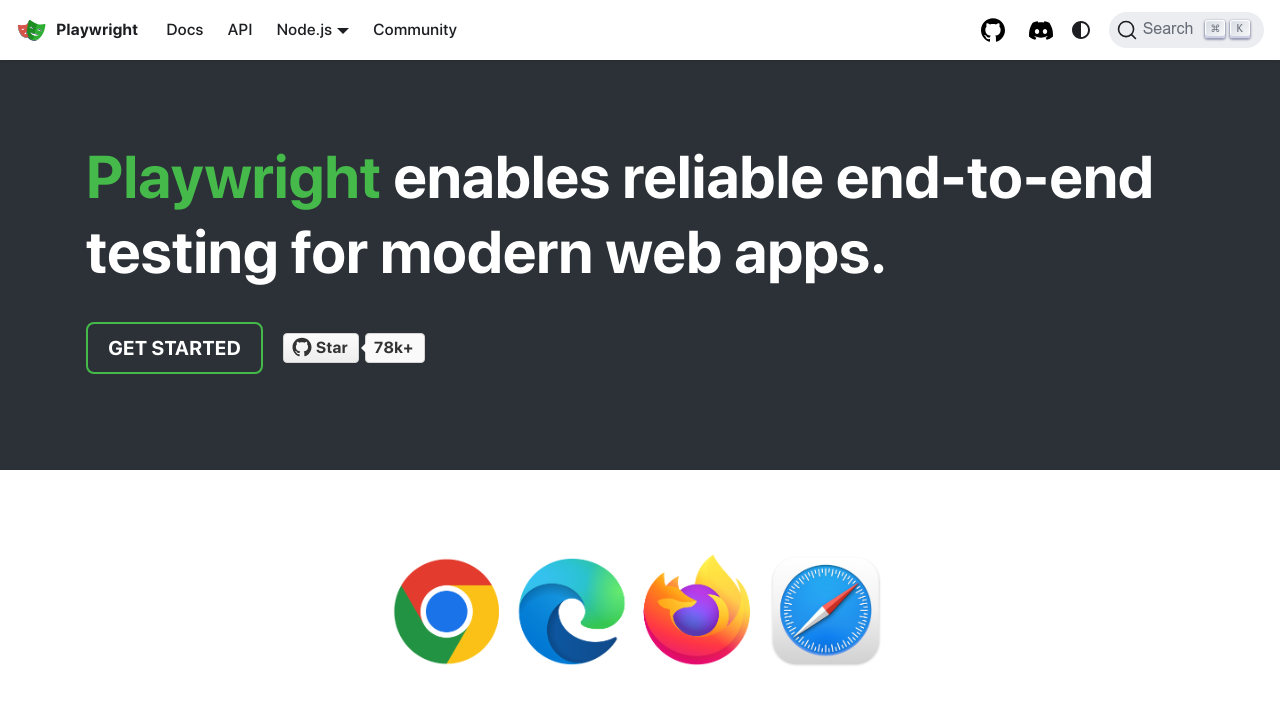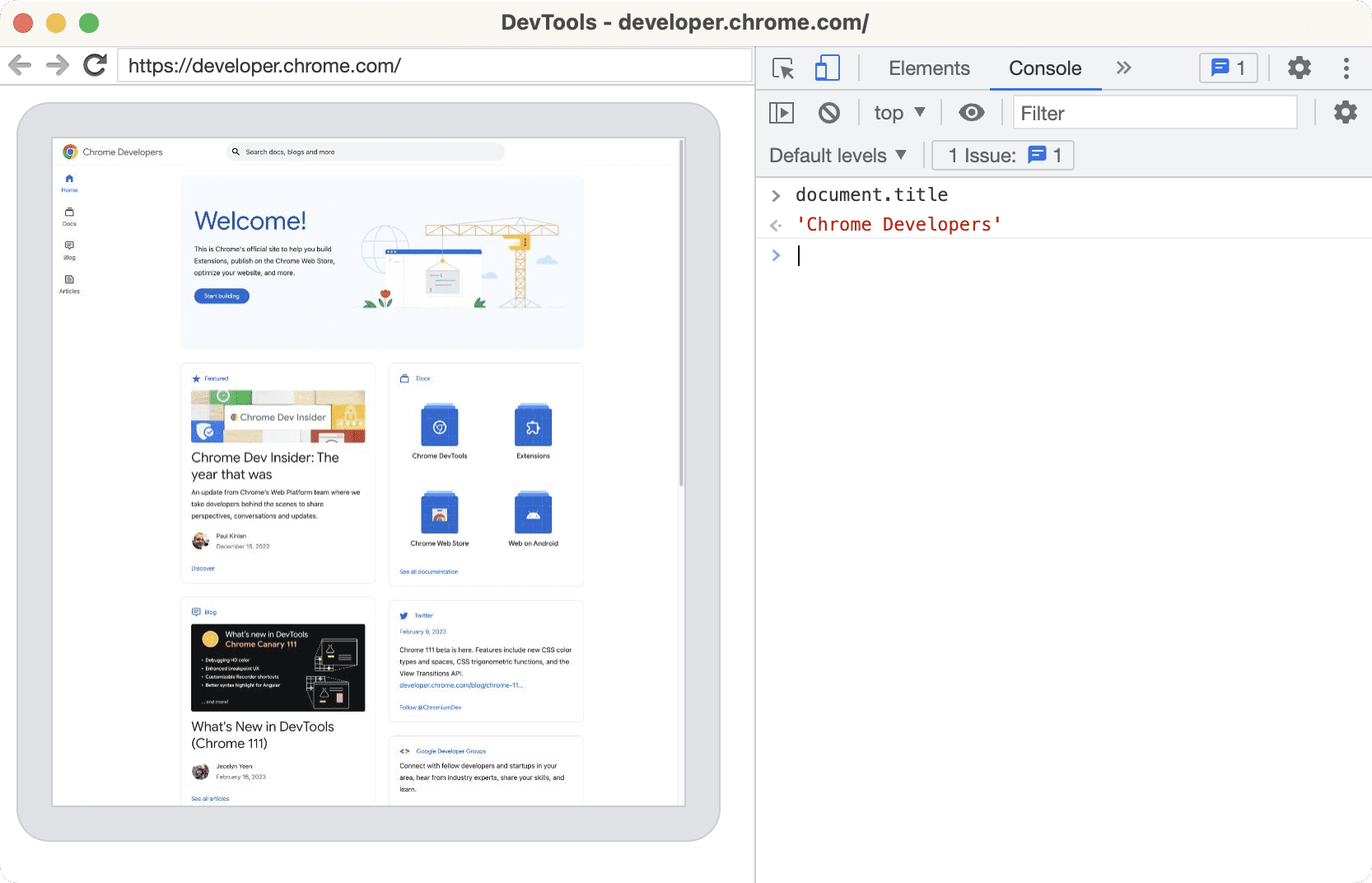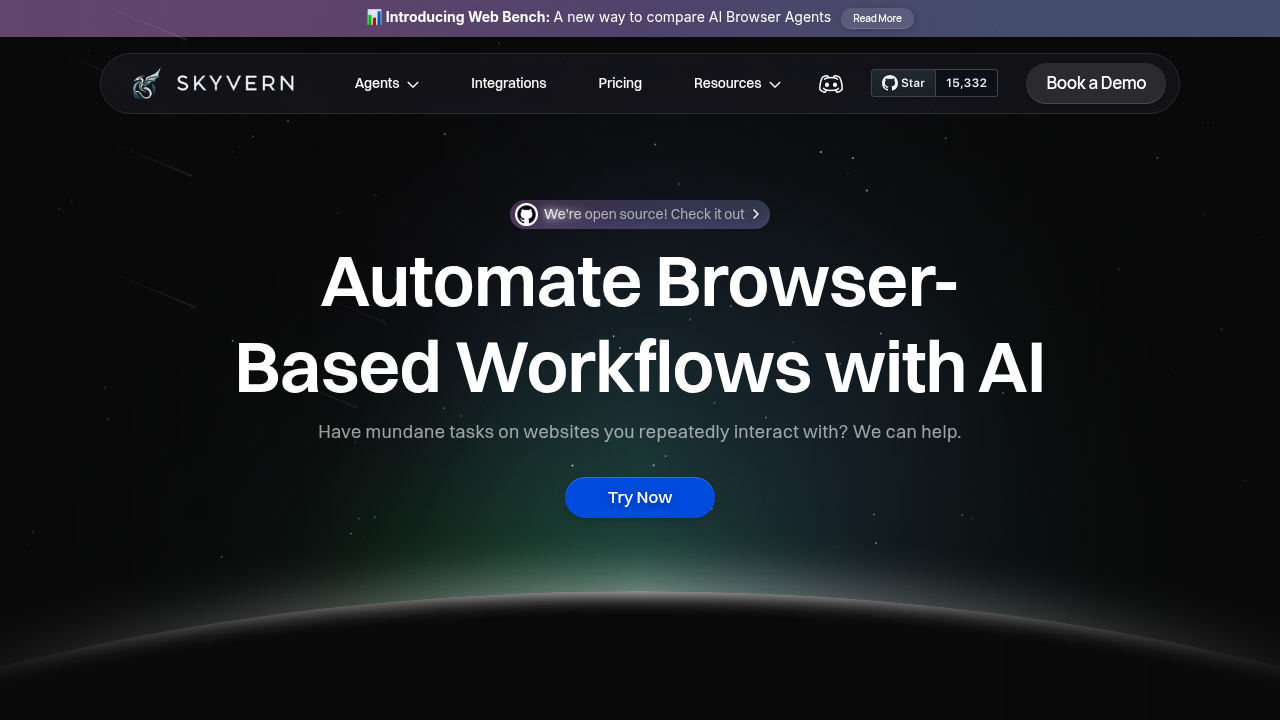Top Web Automation Solutions & Techniques - October 2025 Edition

You've probably tried automating browser tasks before, only to watch your scripts break the moment a website updates its layout. Traditional automation tools like Selenium require constant maintenance and technical expertise, leaving many teams stuck with manual workflows that eat up hours every week. Fortunately, modern web automation tools are making big improvements by using AI to understand websites like humans do, adapting automatically to layout changes without requiring script updates. Let's look at the solutions that are finally making reliable browser automation accessible to everyone.
TLDR:
- AI-powered automation adapts to website changes without breaking, unlike traditional tools
- Selenium and Playwright require constant maintenance when sites update their layouts
- No-code tools democratize automation for non-technical teams through visual interfaces
- Open source options like Selenium provide enterprise features without licensing costs
- Skyvern combines LLMs and computer vision for intelligent browser automation that works across any website
Understanding Web Automation in 2025
Web automation has changed from simple script execution to intelligent workflow orchestration. Web automation tools are programs that handle repetitive browser tasks, but the definition barely scratches the surface of what's possible today.
Before these new automation tools existed, developers who wanted to scrape or interact with websites programmatically relied on brittle scripts that broke whenever websites updated their layouts. You'd spend more time fixing automation than actually benefiting from it. Thankfully, today's web automation solutions can adapt to website changes without constant maintenance, using AI to understand context instead of relying on predetermined element paths.
But these tools have become necessary for businesses wanting to improve testing processes and automate web-based tasks. These new solutions understand what they're looking at. Instead of searching for specific button IDs that might change tomorrow, they recognize "submit" buttons regardless of how they're coded. They can fill forms intelligently, extract data contextually, and even handle complex workflows that require decision-making.
Traditional Web Automation Frameworks
Traditional frameworks built the foundation of web automation, but they come with major trade-offs. These tools require extensive programming knowledge and constant maintenance as websites evolve.
Still, these frameworks remain relevant for teams with strong development resources, but they're increasingly being supplemented by more intelligent alternatives that reduce maintenance overhead.
Selenium WebDriver

Selenium is mature, having been around since 2004, making it the grandfather of web automation. Its longevity created an extensive ecosystem of plugins, integrations, and community resources.
The framework's biggest strength lies in its language flexibility. Selenium supports more a wide range of programming languages including Kotlin, Java, C#, Perl, Ruby, .NET, Python, JavaScript, and PHP. This broad support makes it accessible to teams with diverse technical backgrounds.
But Selenium's age shows. Scripts break constantly when websites update their HTML structure. You'll spend lots of time maintaining XPath selectors and element locators that become obsolete with each site redesign.
https://www.browserstack.com/guide/playwright-vs-selenium
Microsoft Playwright

Microsoft's Playwright came about as a response to Selenium's limitations. Playwright provides faster execution, modern features, and better handling of changing web elements compared to its predecessor. It also has more straightforward and unified API methods across all browsers, making it easier for beginners to get started. The framework handles modern web applications better, with built-in waiting mechanisms and improved reliability.
Google Puppeteer
Google's Puppeteer focuses on Chrome automation, offering excellent performance for single-browser workflows. However, like Playwright, Puppeteer relies on predetermined selectors that break when websites change their structure.
AI-Powered Web Automation Solutions
Artificial intelligence is rewriting the rules of web automation. Instead of brittle scripts that break with every website update, AI-powered tools are bridging the gap by making powerful automation accessible to everyone through simple spoken instructions. But the change goes beyond convenience. These tools understand websites the way humans do, recognizing buttons, forms, and content based on visual appearance and context instead of hidden HTML code.
How AI Changes Web Automation
Browser automation AI represents a fundamental shift from traditional rule-based automation to intelligent systems that can understand and interact with websites using artificial intelligence. Where traditional automation required predicting every possible scenario, AI automation adapts in real-time, making decisions based on what it sees and understands about the current situation.
When a website redesigns its checkout process, AI tools recognize the new layout and continue working. They don't need updated selectors or modified scripts because they're not looking for specific HTML elements. They inherently understand the page's purpose and structure.
Computer Vision and LLM Integration
Modern solutions combine visual recognition with language understanding to create remarkably strong automation. These systems can interpret visual elements, understand context, and adapt to different website structures without requiring custom code for each site. Computer vision and LLM integration makes this sophisticated approach to web automation possible. Where the computer vision component identifies interactive elements like buttons, the LLM provides context and understanding. This combination allows intelligent browser automation that can handle multi-step processes requiring decision-making.
AI automation goes beyond executing predefined steps. It understands the goal and figures out how to achieve it, even when websites change their implementation.
Feature | Traditional Tools | AI-Powered Tools |
|---|---|---|
Website Changes | Require manual updates | Adapt automatically |
Setup Complexity | High technical skill needed | Natural language instructions |
Maintenance | Constant script updates | Minimal ongoing |
No-Code and Visual Automation Tools
No-code automation has democratized browser automation, allowing business users without programming expertise to create custom workflows through intuitive drag-and-drop interfaces and visual editors. These tools eliminate the technical barrier that have kept automation locked away in development teams. Now marketing managers can automate lead generation, HR teams can simplify candidate screening, and operations staff can handle repetitive data entry tasks.
Browser Extensions for Automation

Chrome extensions for browser automation have become the entry point for many users looking into automation. Here are a few of the more popular alternatives:
- Browserflow lets you build automation flows visually with no requirements for coding. You click around, record your actions, tweak steps, and automate tasks like scraping, form filling, or data entry.
- UI Vision provides similar recording features with additional options for handling complex scenarios. These extensions work directly in your browser, making them immediately accessible without software installation or IT approval.
- Axiom takes the visual approach further with conditional logic and data manipulation features. You can create workflows that make decisions based on what they find, branching into different actions depending on page content.
Visual automation tools bridge the gap between simple macro recording and complex programming, giving business users the power to automate sophisticated workflows.
Enterprise No-Code Solutions
Business process automation tools provide templates and visual builders for complex workflows that span multiple systems. These solutions often integrate with existing business software, creating end-to-end automation that goes beyond just browser tasks. Companies can now automate form filling and complex browser workflows without writing code, opening up automation possibilities that were previously limited to technical teams.
Free and Open Source Web Automation Options
Budget constraints shouldn't prevent teams from implementing powerful automation. Free and open source solutions have matured to the point where they rival expensive commercial alternatives, making sophisticated automation accessible to startups and small teams.
The cost savings extend beyond licensing fees, though. Browser automation can potentially save small teams 10-20 hours per week on repetitive tasks, freeing up resources for strategic work that drives business growth.
Best Open Source Frameworks
Open-source testing tools enhance testing processes by improving speed and coverage. They simplify workflows and improve team productivity by making test case automation easier and helping teams work together. And...open source automation tools provide enterprise-grade features without the enterprise price tag, but success depends on having technical expertise in-house.
There are a number of solid, well-established open source frameworks for browser automation:
- Selenium remains the most popular free option, with decades of community contributions and extensive documentation. Its broad language support and mature ecosystem make it a reliable choice for teams with development resources.
- Playwright offers a more modern approach with better handling of changing content and faster execution. Microsoft's backing provides stability while maintaining open source accessibility. The framework includes built-in test runners and debugging tools that reduce setup complexity.
- Puppeteer excels for Chrome-focused automation with excellent performance and straightforward API design. Its tight integration with Chrome DevTools provides powerful debugging features that commercial tools often charge extra for.
Community vs Commercial Support
Free tools rely on community forums, GitHub issues, and documentation for support. Response times vary, and complex problems might require extensive research or workarounds. However, popular frameworks like Selenium have massive communities with solutions to most common problems.
Commercial tools, though, provide dedicated support teams, guaranteed response times, and professional services. This becomes valuable when automation failures impact business operations or when teams lack deep technical expertise.
it's important to understand the tradeoff of no licensing fee versus a lack of immediate help. If you are relying on the browser automation tool, for example as part of a critical business process or workflow, it might make sense to pay a license fee to gain access to dedicated support. But, if the tool is simply being used internally in ad-hoc ways, paying a license fee might far outweigh the benefits of having dedicated support.
Web Automation Implementation Best Practices
Successfully implementing web automation is more than just installing the software and running the scripts. It involves tackling security and authentication best practices as well as making sure you have a documented way to handle errors and monitor the performance of the automation tools.
Security and Authentication
Credential management represents the biggest security risk in web automation. We've gathered a number of best practices below to make sure that your web automation tools don't introduce security problems on devices connected to your corporate network:
- Never hardcode passwords or API keys directly into scripts. Use environment variables, secure vaults, or dedicated credential management systems that encrypt sensitive data.
- Two-factor authentication adds complexity but shouldn't be avoided. Modern solutions like Skyvern handle TOTP and 2FA automatically, while traditional tools require additional libraries or manual intervention.
- Plan authentication flows early instead of treating them as afterthoughts.
- Run automation in isolated environments in the event that a website is infected with malicious software
- Use dedicated service accounts with minimal permissions
- Regularly rotate credentials
Error Handling and Monitoring
Resilient automation anticipates failure scenarios and responds intelligently. Network timeouts, element loading delays, and unexpected popups will happen. Check out some of the best practices below to deal with these challenges:
- Build retry logic with exponential backoff instead of immediate failure.
- Common mistakes in browser automation include insufficient error handling and poor monitoring. Implement logging that captures screenshots, page sources, and execution context when failures occur.
- Automation without proper monitoring is like driving blindfolded: you won't know something's wrong until it's too late.
- Error handling in browser automation requires balancing between automatic recovery and human intervention. Set up alerts for repeated failures while allowing temporary issues to resolve themselves.
Skyvern: Next-Generation AI Browser Automation

Traditional automation tools force you to choose between reliability and maintenance overhead. Skyvern eliminates this trade-off by combining LLMs and computer vision to create automation that adapts to website changes without breaking.
Unlike script-based solutions that rely on fragile selectors, Skyvern understands websites contextually. When a procurement site redesigns its interface, Skyvern continues working because it recognizes purchase order forms and submit buttons regardless of their underlying HTML structure.
Skyvern's LLM and Computer Vision Integration
Skyvern's dual-AI approach mirrors human web browsing behavior. Computer vision identifies interactive elements visually, while LLMs provide reasoning power for complex decision-making during workflow execution. This combination allows sophisticated automation scenarios that traditional tools can't handle. Skyvern can infer product equivalents during procurement, understand eligibility requirements in application forms, and handle multi-step workflows that require contextual understanding.
Performance benchmarks show Skyvern achieving 85.8% on WebVoyager evaluations, showing best-in-class performance among web agents.
The system operates on websites it's never seen before without requiring custom code for each site. For teams evaluating enterprise browser automation cost, this adaptability translates to lower maintenance expenses compared to traditional solutions.
Skyvern's resistance to website layout changes means your automation continues working even when sites update their designs, eliminating the constant maintenance cycle that plagues traditional tools.
Enterprise-Ready Features
Skyvern handles the authentication complexities that break other automation solutions. Built-in support for two-factor authentication, TOTP, and CAPTCHA solving means your workflows continue running without manual intervention.
The system provides native file downloading with automatic cloud storage, structured data extraction in JSON or CSV formats, and proxy network support with geographic targeting. Getting started with Skyvern requires minimal setup compared to traditional frameworks.
FAQ
What is the main difference between AI-powered and traditional web automation tools?
Traditional tools like Selenium rely on brittle scripts that break when websites change their layouts, requiring constant maintenance and updates. AI-powered tools use computer vision and LLMs to understand websites contextually, adapting automatically to design changes without needing script modifications.
How long does it typically take to implement web automation for a small team?
Most small teams can get started with no-code automation tools within hours using browser extensions or visual builders. Traditional frameworks like Selenium require weeks of development time and ongoing technical expertise, while AI-powered solutions can be deployed in days with minimal maintenance overhead.
Can web automation handle complex workflows like two-factor authentication and file downloads?
Yes, modern automation solutions support advanced features including 2FA, TOTP authentication, CAPTCHA solving, and automatic file downloading with cloud storage. However, traditional tools often require additional libraries and custom coding, while AI-powered platforms handle these scenarios natively.
What are the security best practices for web automation implementation?
Never hardcode credentials in scripts; use environment variables or secure vaults instead. Run automation in isolated environments with dedicated service accounts that have minimal permissions, implement proper error handling with screenshot logging, and regularly rotate authentication credentials to maintain security.
Final thoughts on choosing the right web automation tools
The web automation field has shifted dramatically toward intelligent solutions that actually understand what they're doing. While traditional frameworks still have their place, the constant maintenance overhead makes them less appealing for most teams. Skyvern shows the direction automation is heading: tools that adapt to change instead of breaking with every website update. Your choice depends on whether you want to spend time building automation or using it.

